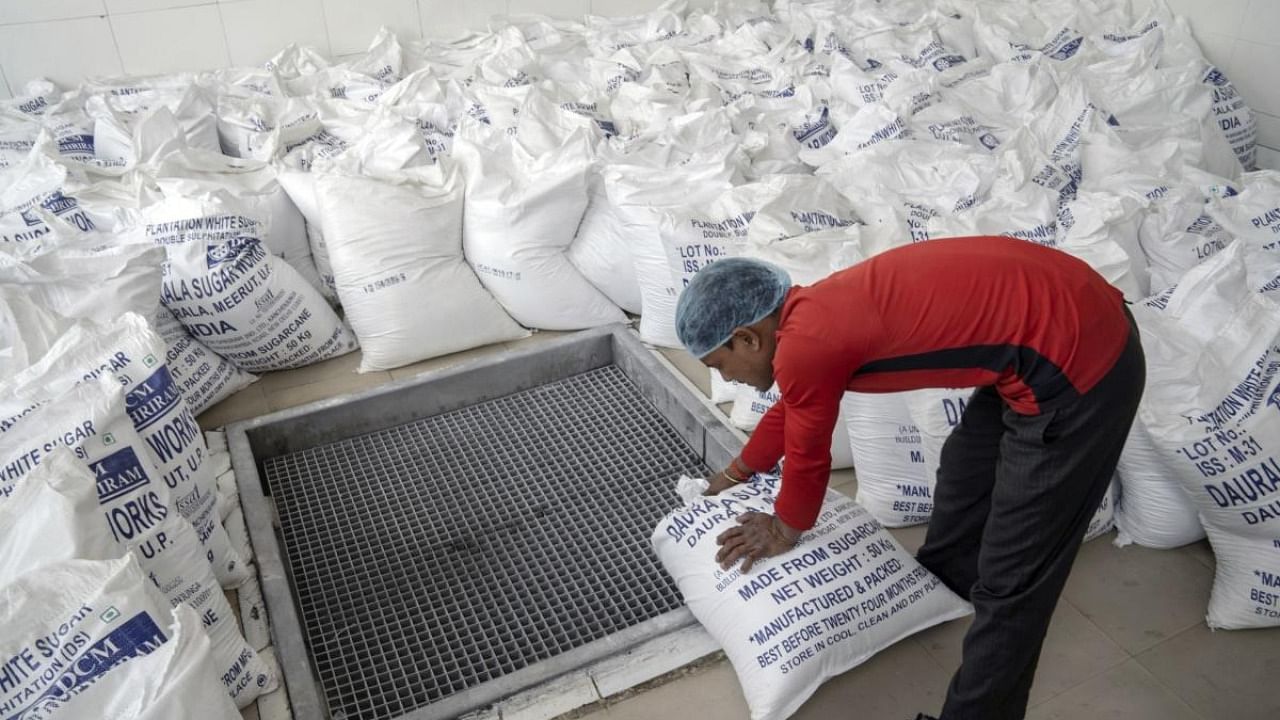
The world has been facing a food crisis of a magnitude that has not been seen for many decades. The Food and Agriculture Organization of the United Nations (FAO) has warned that “the number of people facing acute food insecurity and requiring urgent life-saving food assistance and livelihood support continues to grow at an alarming rate”.
As per the previous State of Food Security and Nutrition (SOFI) Report, about 237 crore people in the world faced moderate to severe food insecurity in 2019. Of these, about 62 crore - the largest in any single country - were in India alone. It is expected that the numbers on food insecurity and hunger would be significantly higher for 2020 when these are published later this year.
International Organisations such as the FAO and the World Food Programme (WFP) have been arguing for a long time that conflicts and wars are the primary causes of the increase in food insecurity in recent years. They have also held the Ukraine-Russia war as being primarily responsible for the recent increases in food insecurity.
The Global Network Against Food Crises created by the European Union, FAO and WFP has estimated that four crore additional people in 53 most food-insecure countries are in urgent need of food assistance because of the recent spike in food insecurity.
While conflicts and climate change do adversely affect food security, holding them as primary causes of the rise in food insecurity undermines deeper, more important causes of the current crisis. Globalisation, and in particular trade liberalisation, over the last few decades has created a sharp imbalance in the levels of support provided to farmers in developed and less developed countries. As a result, while the global south has become a source of food commodities that cannot be produced in developed countries, it has become increasingly dependent on large-scale agriculture in developed countries for staple food commodities. In addition, with the withdrawal of public funding in agricultural research in the global south, international big agri-businesses have acquired monopoly control over the supply of modern inputs for agriculture. Globalisation has not only resulted in increased volatility in food prices, but it has also created the conditions in which millions are vulnerable to short term disruptions and volatility.
The current global food crisis must be seen in this background. Disruptions of supply chains, imposition of economic sanctions (particularly on Belarus and Russia), crop failures due to extreme weather events and the Russia-Ukraine war have led to a sharp rise in food prices. Fears of scarcity have led several countries to introduce export restrictions. According to IFPRI’s Export Restrictions Tracker, currently, 19 countries have restrictions on exports of different food commodities. These include Indonesia, Malaysia, India, Pakistan, Afghanistan, Iran, Kuwait, Lebanon, Turkey, Egypt, Algeria, Tunisia, Morocco, Ghana, Burkina Faso, Kyrgyzstan, Kazakhstan, Azerbaijan, Russia, Ukraine, Moldova, Kosovo, Serbia, Hungary and Argentina. Fertiliser exports have been restricted by China, South Korea, Kyrgyzstan, Russia and Ukraine. Many of these countries are major suppliers of important food commodities resulting in a considerable gap between the global supply and demand of cereals, edible oils, pulses and sugar.
Along with this, supply shortages and high inflation of fuel and fertilizers have adversely affected the global food supply. With national food self-sufficiency compromised as a result of trade liberalisation, export restrictions on food and agricultural inputs by major suppliers is expected to result in a significant worsening of food insecurity in the global south.
One must not make the mistake of thinking that high food prices are good for farmers. Prices that farmers get for their produce are not as high as consumer prices. Further, an increase in the cost of cultivation eats into the benefit of higher food prices. Given the inequality of ownership of land, a vast majority of farmers in the global south are small producers who are net buyers of food. Inflation affects them even more adversely as they sell their produce cheap and are forced to buy food and other necessities when they are dear.
The key lesson countries need to learn from the current food crisis is that domestic self-sufficiency in the production of staple food is important for large countries. Achieving this requires public investment in agriculture and food systems.
Agricultural research and assured supply of key agricultural inputs have to be prioritised by countries. Incentivising farmers to produce key food crops and creating robust systems of social protection are critical for food security and policies that have undermined these must be reversed.
(The writer is co-author of ‘Ending Malnutrition: From Commitment to Action’ and ‘The Global Economy of Pulses’, and a professor of Economics at Jawaharlal Nehru University, New Delhi)